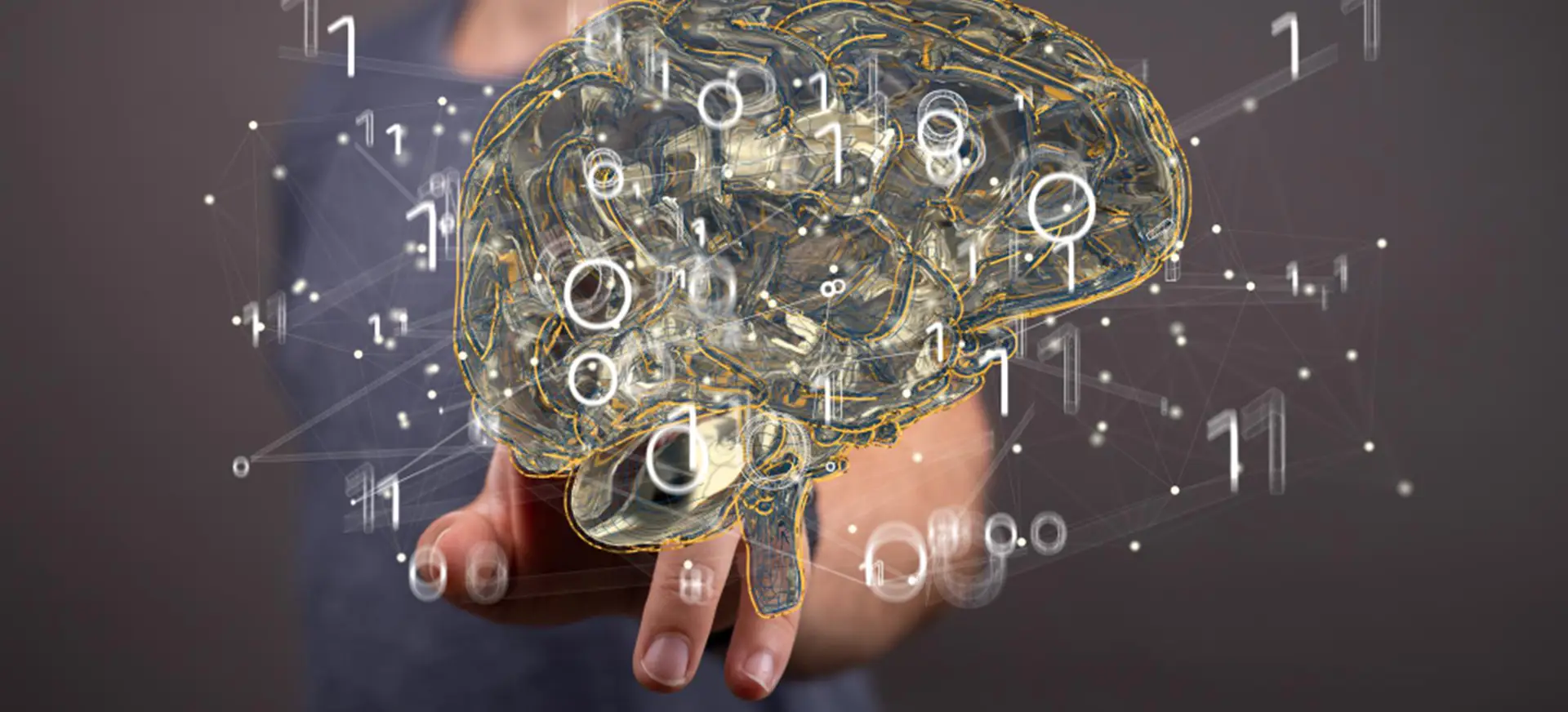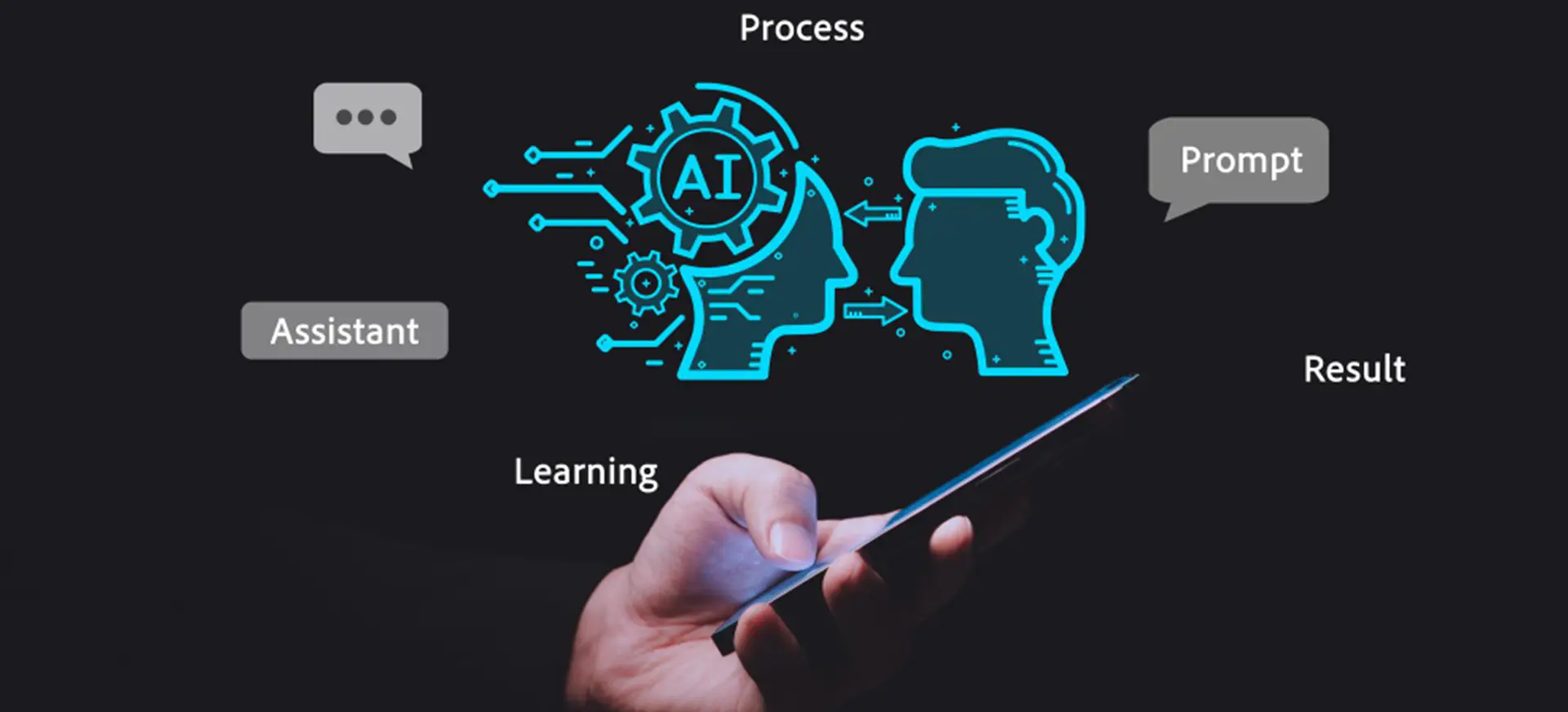Natural Language Processing (NLP) is a fascinating field that combines artificial intelligence (AI) and linguistics to enable computers to understand and interact with human language. In basic terms, NLP is the technology that allows computers to understand, interpret, and respond to human language in a way that is similar to how humans do.
At its core, NLP aims to bridge the gap between human language and machine language, by teaching computers how to comprehend and analyze text and speech. This technology has a wide range of applications, from virtual assistants like Siri, Alexa, and Google Assistant, to email filters, language translation, sentiment analysis, and more.
So, how does NLP work?
1. Tokenization: The first step in NLP is breaking down a piece of text into smaller parts called tokens. This involves splitting the text into individual words, phrases, or even characters.
2. Morphological Analysis: NLP systems then analyze the tokens to determine their root form and understand the meaning behind them. For example, the word “walking” can be broken down into its root form “walk” to understand its meaning.
3. Parsing: Parsing involves analyzing the grammar and structure of the text to derive relationships between words. This step helps computers understand the syntax and meaning of sentences.
4. Named Entity Recognition (NER): NER identifies and classifies named entities such as names of people, places, organizations, dates, and more. This is crucial for tasks like information extraction and sentiment analysis.
5. Sentiment Analysis: NLP can determine the sentiment behind a piece of text by analyzing the words used and their contextual meaning. It helps identify whether a piece of text is positive, negative, or neutral, making it useful for analyzing customer feedback, social media posts, and more.
6. Language Modeling: Language models are algorithms that learn patterns from large amounts of text data, enabling computers to generate human-like responses. This is how virtual assistants are able to provide relevant answers to user queries.
7. Machine Translation: NLP is used extensively in machine translation applications like Google Translate. By using algorithms to decode the structure and syntax of different languages, NLP systems can convert text from one language to another.
8. Question-Answering Systems: NLP powers question-answering systems, enabling computers to understand and respond to user queries. By extracting relevant information and using language models, these systems provide accurate and contextually appropriate responses.
9. Speech Recognition: NLP is also used in speech recognition systems, which convert spoken language into written text. Applications like voice assistants heavily rely on NLP to process and understand human speech.
Overall, Natural Language Processing is an incredibly complex and dynamic technology that continues to advance. It allows computers to bridge the gap between human language and machine language, opening up a world of possibilities for improved communication and interaction between humans and machines. As technology evolves, we can expect NLP to become even more sophisticated, enabling even more accurate and natural language understanding.




